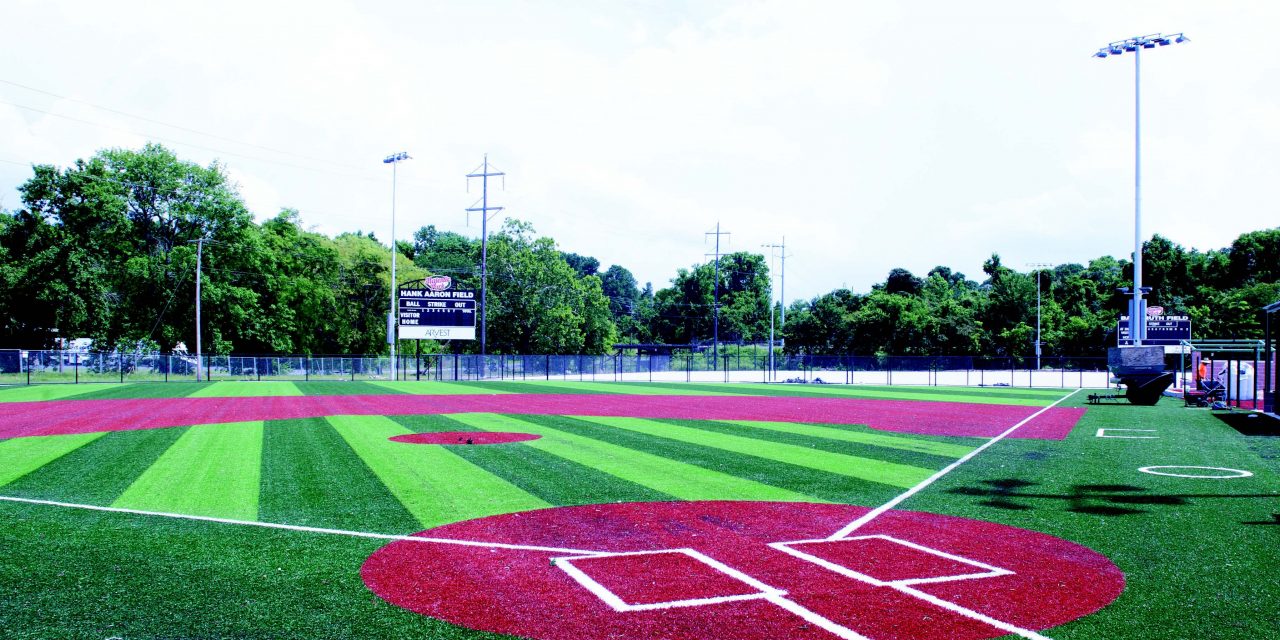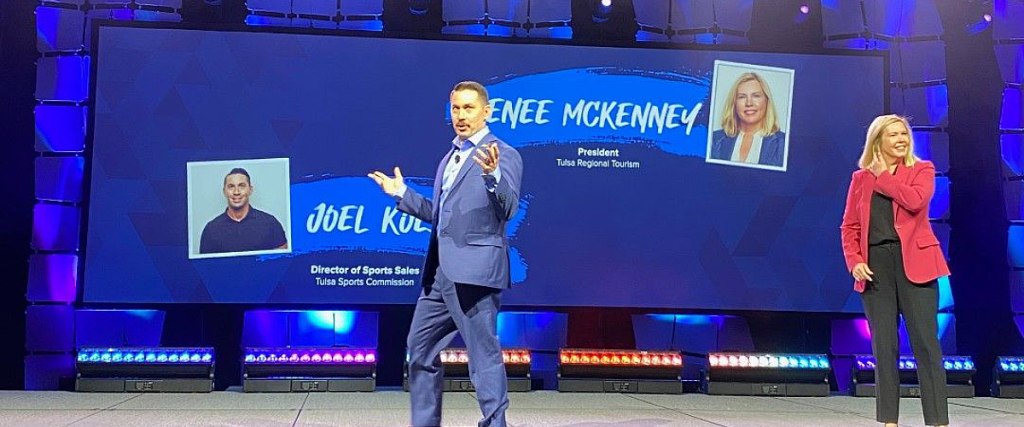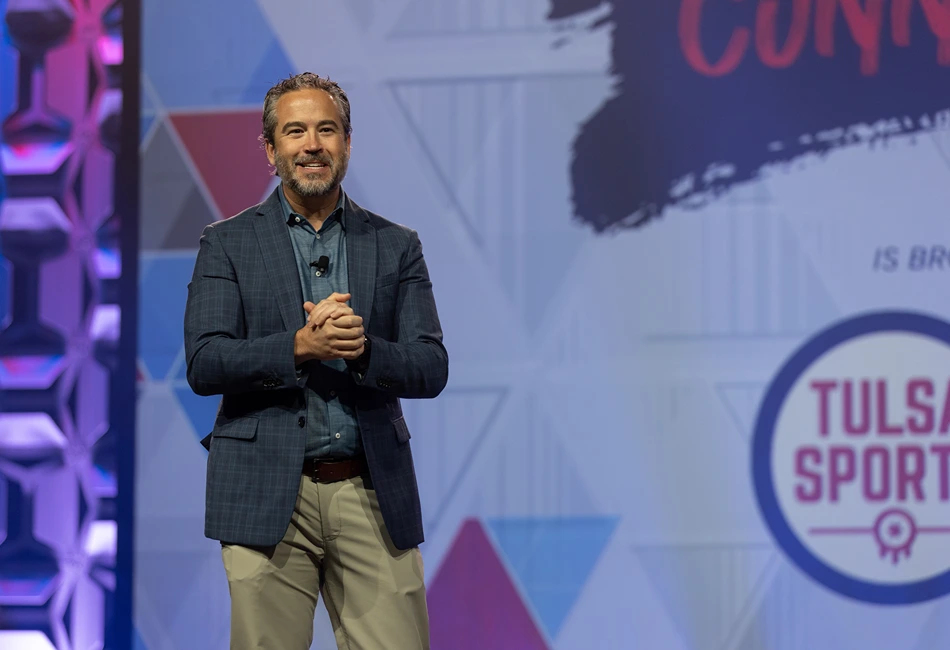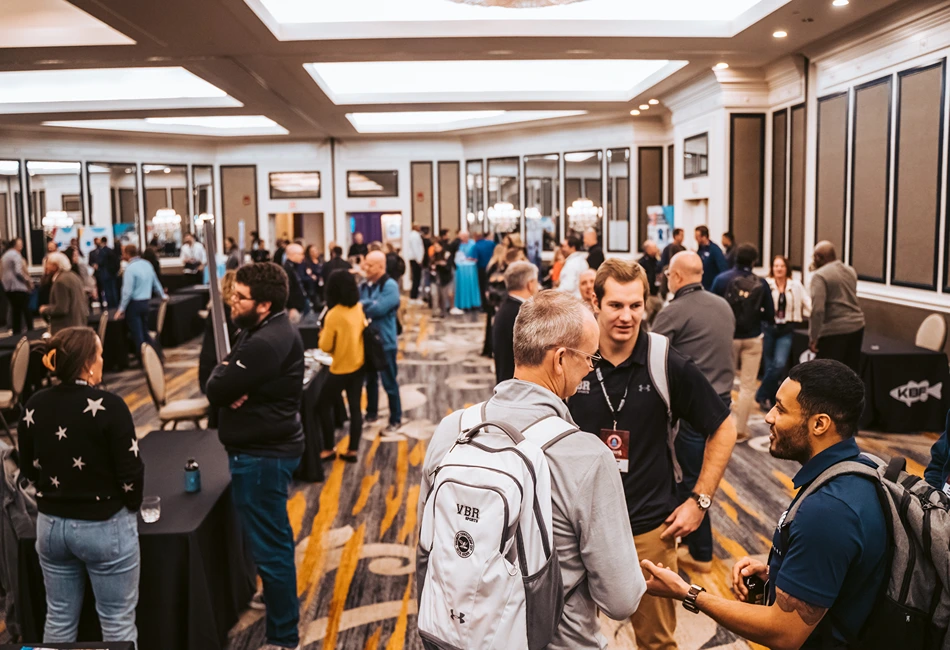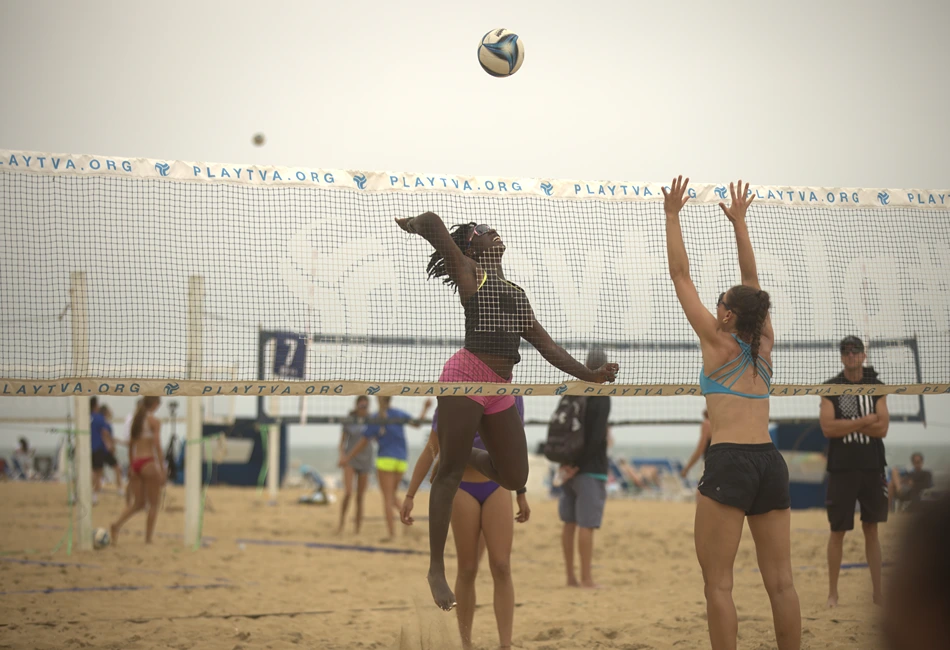We have a secret … sports saved the tourism industry’s bacon in 2020 and 2021.
Yes, COVID-19 knocked us all for a loop, but one great thing came from it. Most tourism leaders across the country finally realized the value sports brings to the collective table. We say most because, ironically, there are still some destinations that are talking about when leisure travel and the meetings industry will bounce back. The answer may be “never” but some are still holding out hope that the tourism industry will be back to normal in the near future. We think that is very unlikely. Sports tourism will continue to drive the bus for our industry in 2022 and likely the years that follow.
For our seventh edition of the SPG trends article, we did a little something different this year. We reached out to our entire Huddle Up Group team as well as a couple of key industry gatekeepers to compile this year’s list.
Without further ado, we offer you the top 10 trends we are closely following as we move into 2022.
- Downsizing – Nearly every CVB, sports commission, or event organization we work with cut their staff in 2020 and 2021. Most reduced their working teams by 40-60% during the peak of the pandemic. Some have slowly started hiring people back, however many have not. A good number of folks figured out they could run with a leaner ship and are going to see if that is sustainable as things ramp back up.
- Alignment – In times of crisis, communication becomes more important. This was certainly true of the sports tourism industry over the past 20 months. The pandemic forced tourism driven organizations to fight for declining resources, which means they had to be able to effectively message their mission and impact and how that aligns with the community they represent. This forced alignment should bear fruit in the future as communication lines are more open now than in years past.
- Vulnerability – Many of the CEOs we have spoken to recently talked about the limited control they had over their funding sources. Most of the resources spent in our industry are discretionary. If nobody travels and bed taxes are not collected, tourism agencies suffer financially. If parents get furloughed, there is no money to spend on travel sports, including annual membership dues to NGBs. If events are cancelled, there are no registration fees collected and event owners lose a primary revenue source. It’s a vicious circle that leaves organizations at financial risk. The goal is to diversify revenue streams as much as possible so your organization is not vulnerable if one financial channel shuts down.
- Accountability – Resources are more limited today than in prior years. Given that we have to try to do more with less, the microscope is now on every transaction that is made. Every dollar has to have a good result and those that are tasked with governing our organizations are paying a lot more attention to how money is spent. Transparent organizations have a process for why decisions are made and document every move.
- Choices – Today, our industry has an unprecedented number of resources available to leverage in an effort to drive our organizations forward. There are more conferences, events owners, digital tools, certifications, and (of course) consultants that sports organizations can use in an effort to grow their impact. The key is choosing the right tools to engage with and work through that will drive the highest and most efficient return on investment. Going back to the previous item on accountability, industry leaders have to be sure and measure the results of every investment to preserve the integrity of their organizations.
- Focus – We can all agree the pandemic has changed the way we all do business. This would include adjusting the approach on what events we look to partner on, whether you are an event owner or a destination. It’s more important today to “right size” the events you seek to host or produce to generate maximum impact. This can include how we market the event, when it takes place on the calendar, and even if we limit capacity to create scarcity in the marketplace.
- Development Mentality – Destinations have been forced to become more of a creator than a responder. We work with many CVBs and sports commissions to help build a culture of “” These organizations are now leading efforts to develop physical products (new venues), develop new events, develop human capital (staff and board), and to develop relationships (with local sporting clubs and regional/national event owners). Today, tourism leaders are proving to be more proactive than reactive. They are seeking to create vehicles to push their sports tourism agenda forward. Develop your pathway or leave it to others to potentially choose your fate for you.
- Remote Control – This one is a carryover from last year’s list. Working remotely is not just a trend that industry was forced to adopt due to the pandemic. It is here to stay. If anything is the “new normal” this is it. Given that the generations entering the workforce today largely prefer flexibility, remote work teams were likely going to take over the business world anyway. COVID-19 just sped up the process. Some organizations we work with have decided to keep the remote work team in place, and a few in the extreme have decided to not renew their office leases.
- Silent Sports – Several outdoor sports have seen massive spikes in participation the past two years. Golf, canoe/kayak, and fishing (among others) all offer opportunities for those destinations that seek them. These “silent sports” have become a cornerstone for business development with many CVBs across the country.
- DMO vs. CVB – We have seen more CVBs transition to a bigger vision for their destinations. Numerous tourism bureaus are moving towards a destination marketing organization (or DMO) mission. The difference between the two is subtle but its important. DMOs are responsible for branding and marketing their destination beyond working to attract visitors as a primary mission. DMOs have a lot of verticals to contemplate and manage. Yes, tourism is one, but just one of many things a DMO blends into a community-wide strategy to put their destinations in the best light. We believe this trend is a good one in that DMOs typically have a broader stakeholder audience than CVBs might have, as the DMO works on promotional elements that would appeal to markets beyond tourism. These additional audiences could include the area’s business climate, economic development, politics, arts and culture, and the like. By transitioning to a DMO, tourism suddenly has a more important and integrated seat at the larger table in these destinations.
While the past two years have been a rollercoaster, a lot of good has and will come from what we have all been through. Those that accept the challenges of the past and build from them rather than focus on them have a bright future ahead.
Good luck to all in 2022.
Yours in Sport,
Jon
About the author: Jon Schmieder is the Founder of the Huddle Up Group LLC, a sports industry consulting company led by award winning executives. Schmieder has 25 years of experience in leading sports tourism and events organizations through strategic growth and increased community collaboration. The Huddle Up Group has worked with more than 250 sports organizations and destinations on over 150 strategic projects. In 2017 the Huddle Up Group was given the Superior Service Award, the highest honor a consulting firm can earn from the National Association of Sports Commissions. We can be reached at Jon@HuddleUpGroup.com or 602.369.6955. To receive the weekly “Monday Huddle Up” visit www.HuddleUpGroup.com or sign up at www.tinyletter.com/JonSchmieder.
© Huddle Up Group, 2021

